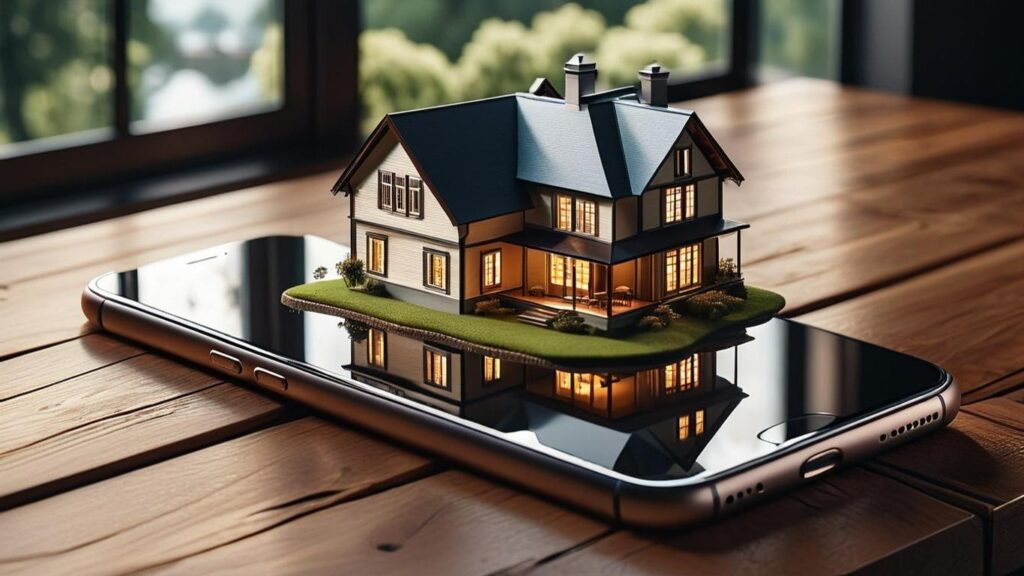
Augmented Reality (AR) enhances real-world environments by overlaying digital information or virtual objects onto the physical world. Here’s how AR is utilized in various industries:
- Archviz (Architectural Visualization):
- Uses: AR allows architects, interior designers, and real estate professionals to visualize architectural designs and spatial layouts in real-world contexts.
- Examples: Architects can use AR to showcase building designs on-site, allowing clients to see how the structure will look in its intended environment. For example, AR apps can overlay 3D models of buildings onto construction sites, giving stakeholders a realistic preview of the finished project.
- Education:
- Uses: AR enhances traditional learning experiences by providing interactive and immersive educational content.
- Examples: In classrooms, teachers can use AR apps to illustrate complex concepts such as anatomy or geography. Students can use AR-enabled textbooks to access additional information, interactive quizzes, or 3D models related to the topics they’re studying. For instance, an AR app can overlay constellations in the night sky during an astronomy lesson, allowing students to see and identify stars in real-time.
- Events and Exhibitions:
- Uses: AR transforms events and exhibitions into interactive and engaging experiences, captivating attendees and increasing brand visibility.
- Examples: Event organizers can use AR to provide interactive maps of venues, guiding attendees to different booths or attractions. Exhibitors can use AR to showcase products with virtual demonstrations or interactive experiences. For instance, a furniture company can use AR to allow visitors to visualize how their products would look in their homes by overlaying virtual furniture onto real-world spaces.
- Experiential Advertising:
- Uses: AR revolutionizes advertising by offering immersive and interactive experiences that engage consumers in unique ways.
- Examples: Brands can create AR campaigns that allow users to interact with products before making a purchase. For example, a cosmetics company can develop an AR app that lets users virtually try on different makeup products using their smartphone cameras. Similarly, a clothing brand can use AR to allow users to see how clothing items would look on them before buying online, enhancing the shopping experience and driving sales.
